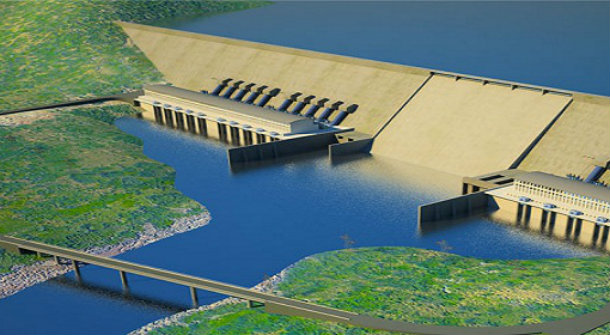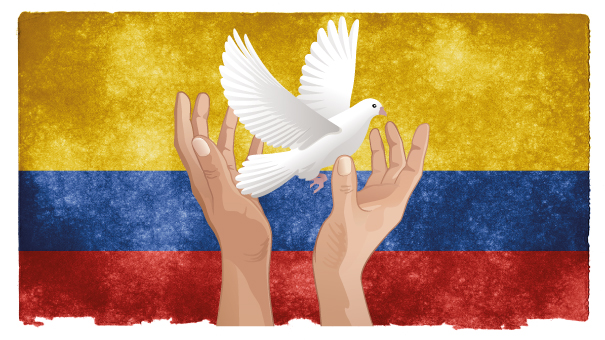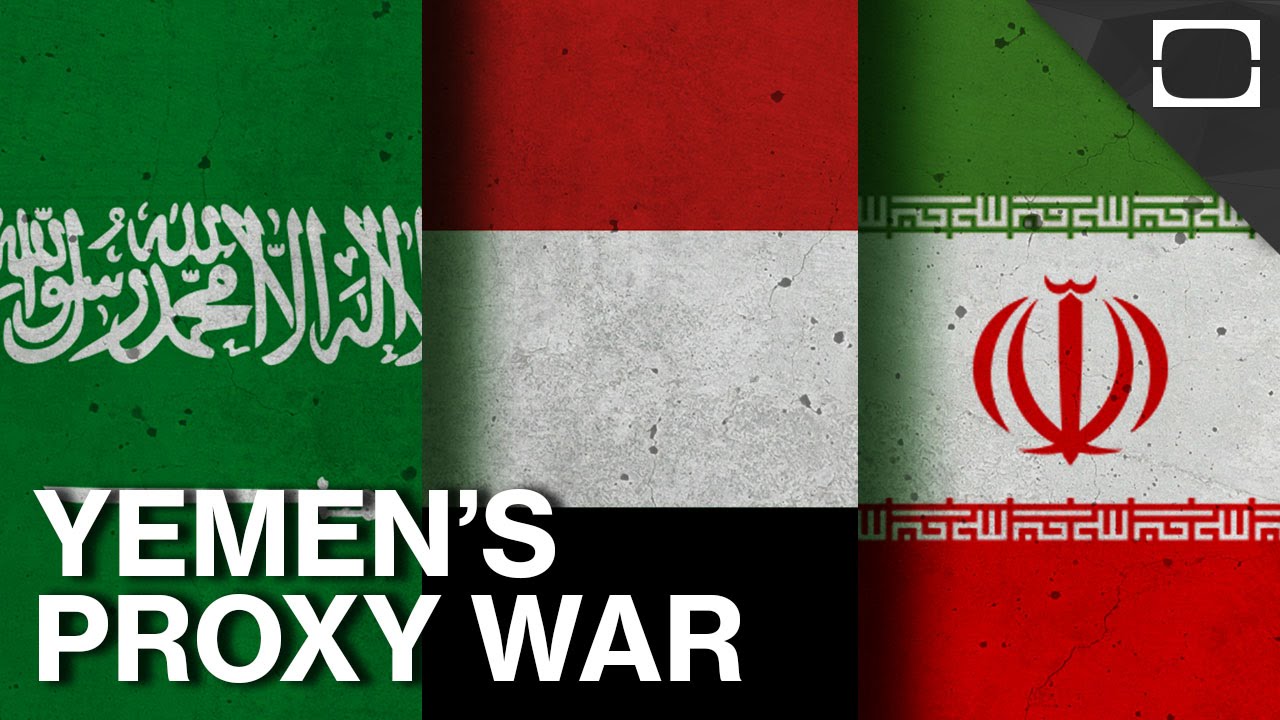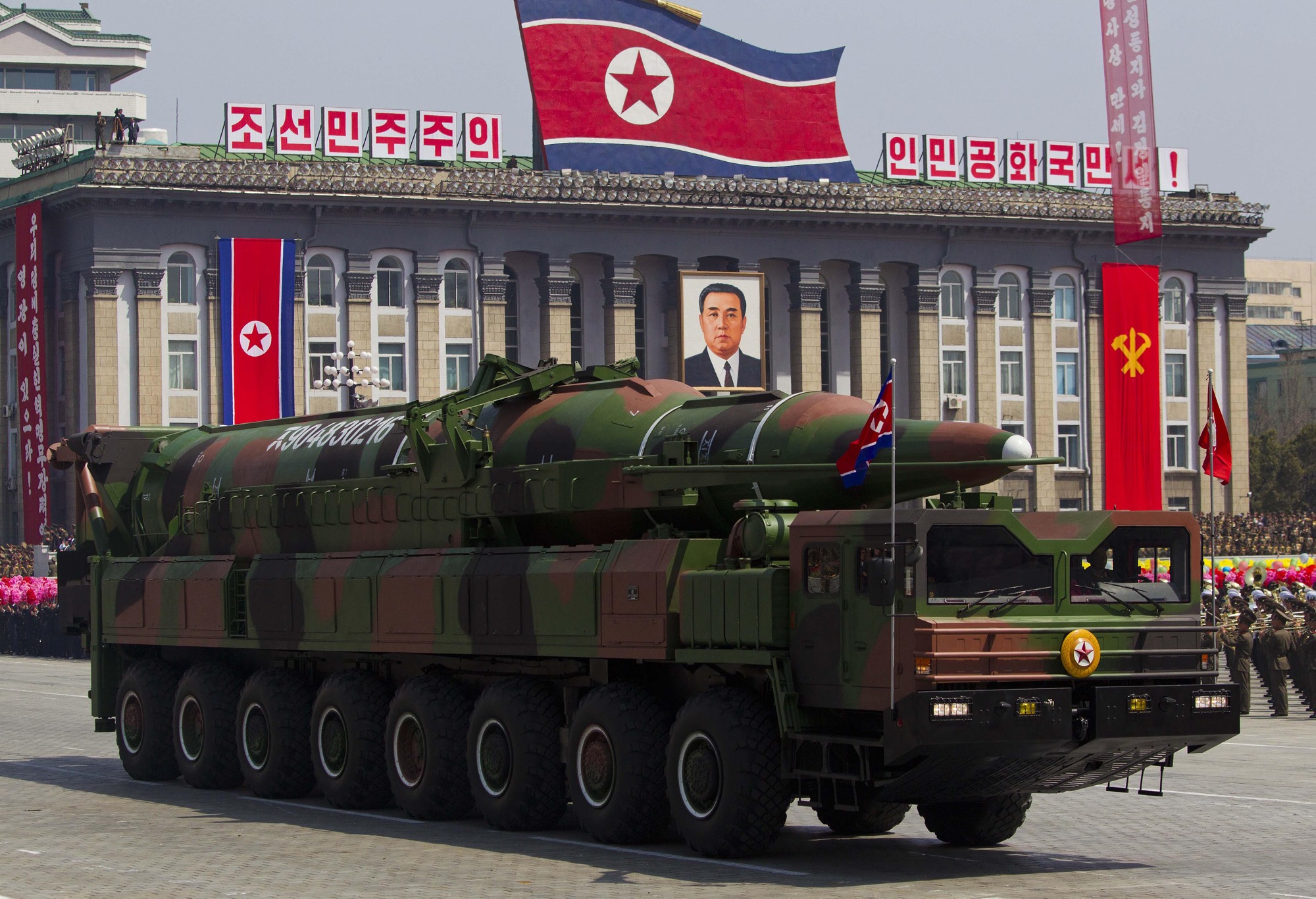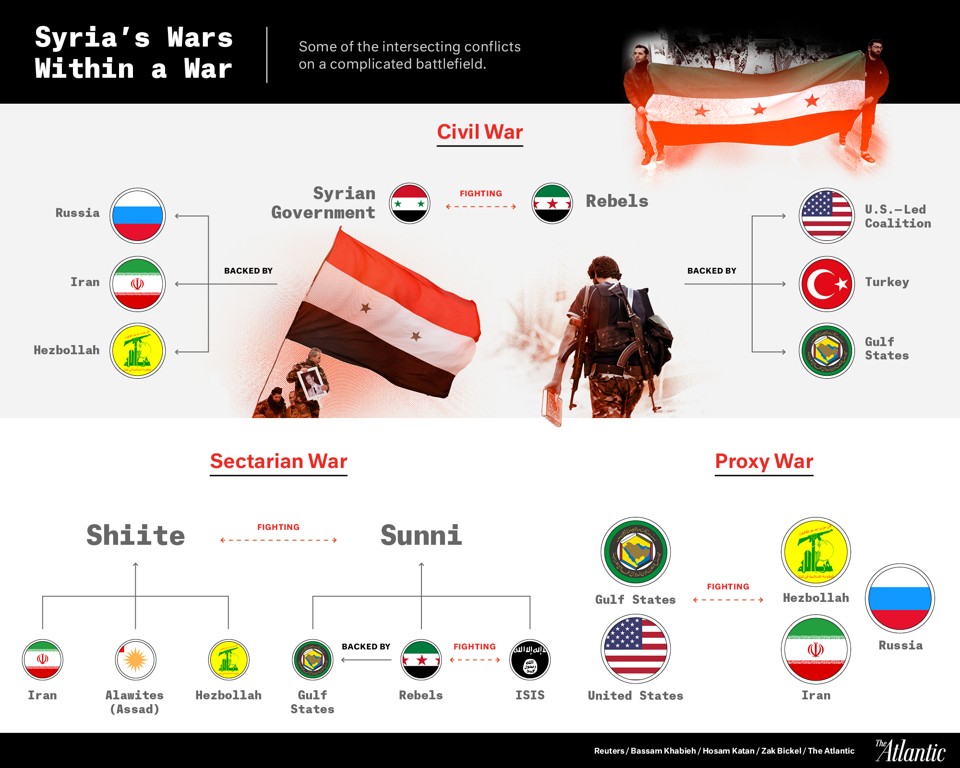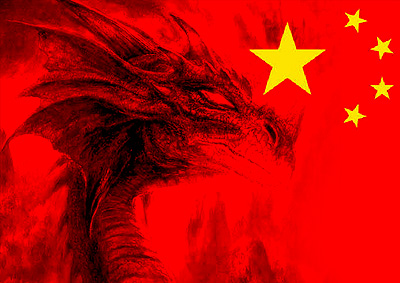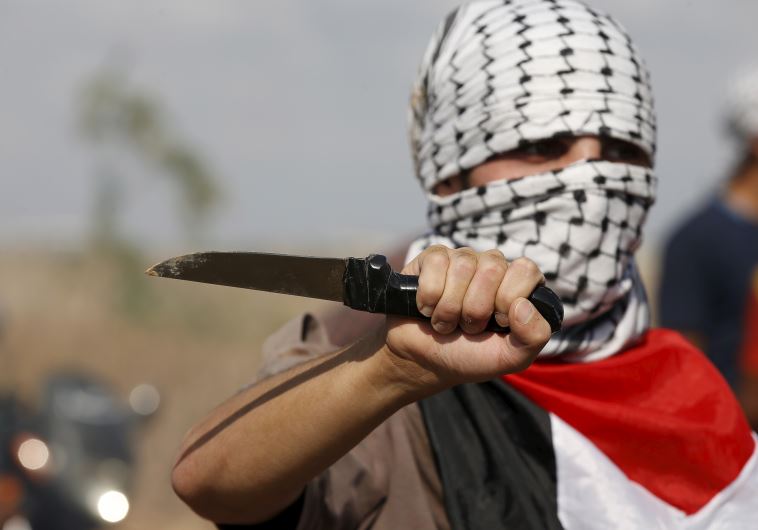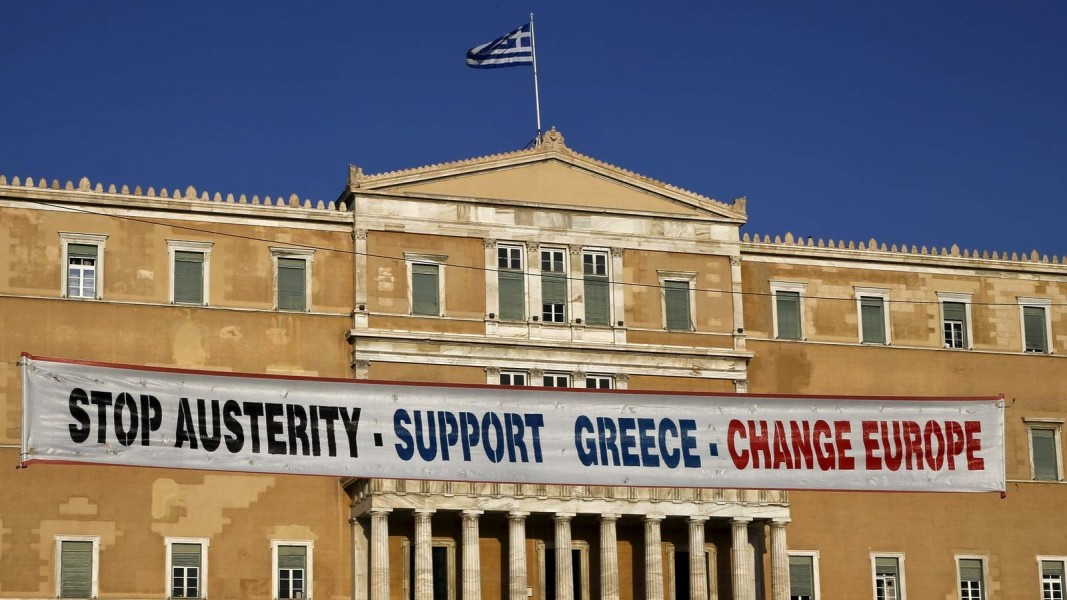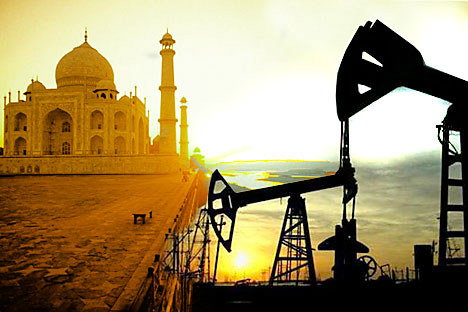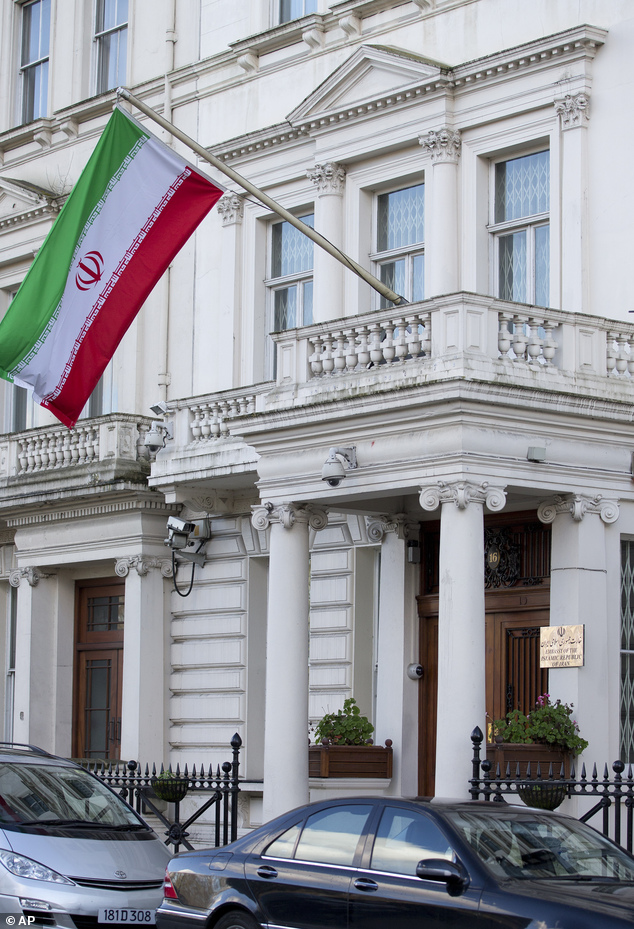- This Article was written by Faisel Pervaiz , a specialist of India’s economy.
Background:
- Economic expansion and industrialization will increase India’s dependence on imported oil in 2017.
- Legislative battles and the conflict inherent in India’s vast democratic system will make it difficult for Prime Minister Narendra Modi to make progress in energy reform.
India’s Runaway Demand for Oil
India is currently the world’s fourth-largest consumer of energy, trailing China, the United States and Russia (with a total energy consumption of 638 million tons of oil equivalent). This figure is nearly double that seen in 2000, and Indian demand has plenty of room to grow considering the country accounts for 18 percent of the global population but just 6 percent of worldwide energy use. Currently, the 753,000 barrels per day that India produces barely make a dent in the 3.7 million bpd it consumes; this gap is projected to widen as India’s daily crude usage swells to 10 million bpd by 2040. (India is expected to see the largest increase in oil demand in the world over the next 25 years.) Meanwhile, surging domestic demand for coal will transform India, the world’s second-largest coal producer, into the biggest coal importer within the next five years.

India’s voracious appetite for energy is being fueled by industrialization, growth and urbanization — all of which are generally good news for the country’s economy, which overtook China’s as the fastest growing after expanding by 7.5 percent in 2015. But 315 million more Indians are expected to move to the cities over the next 25 years as the economy continues to grow, which will lead to greater demand for energy that will have profound implications for the health, vibrancy and scale of India’s economic development. If India hopes to meet the needs of what will become the world’s largest workforce by 2025, it will have to drastically increase the speed and quality of its economic growth, creating as many as 1 million jobs per month.
As economies mature, they typically shift from agriculture toward manufacturing before eventually becoming service-oriented. But in India, nearly seven decades after achieving independence, agriculture still employs 50 percent of the workforce while contributing to only 17 percent of GDP. As agricultural productivity increases in India, the sector will require fewer workers, adding to an already swollen pool of surplus semi-skilled workers who need jobs.
In an attempt to pre-emptively address this problem, Modi launched his “Make in India” campaign in 2014. The goal was to boost manufacturers’ share of Indian GDP to 25 percent by creating 100 million manufacturing jobs over a decade. However, the success of this effort will ultimately depend on India’s access to energy, since industrial growth is an energy-intensive process. In fact, according to a report by the International Energy Agency, industry-led economic growth requires about 10 times more energy per unit of value added than services-led growth.
Many Hurdles to Overcome
In light of these underway and upcoming changes, two things have become clear: First, India is in the midst of a dramatic economic and demographic expansion, and second, India’s ability to secure an accessible and affordable energy supply is becoming critical. However, in trying to tackle these issues Indian policymakers will likely encounter several challenges.

Perhaps the most obvious and immediate problem is that India’s domestic oil production, at least at the moment, is insufficient. As previously mentioned, the country’s daily oil consumption far outweighs its output. While India is estimated to hold about 5.7 billion barrels of oil reserves, some 56 percent of these resources are located offshore, where drilling is more difficult and costly than onshore. New Delhi has sought to solve this issue by inviting international oil companies with substantial financial resources and technical capabilities to bid on development blocks under the country’s New Exploration Licensing Policy. However, with a poorly ranked business environment and a subsidized pricing regime that discourages investment, foreign participation in India’s energy sector seems doomed to remain low. Indian oil output has not grown by more than 2 percent at any point in the past two decades; 2017 is unlikely to be much different, especially as many of India’s major wells reach maturity.
This leads to another problem: import dependence. In the absence of greater domestic efficiency and exploration, India will continue to source most of its petroleum from overseas. In 2014, New Delhi spent $138 billion to import 79 percent of its crude oil. By 2040, this share will likely balloon to 90 percent. More than half of India’s crude imports come from a handful of Middle Eastern producers, including Saudi Arabia, Iraq, Iran, Kuwait and Oman. Though Saudi Arabia is currently India’s largest supplier, providing about 19 percent of the country’s oil, New Delhi has actively sought to ramp up its intake from Iran, which accounts for only 6 percent of Indian consumption. Over the past year, India has improved its diplomatic ties with Iran in anticipation of new volumes of Iranian oil entering the market in 2017. If successful, the move will likely give India greater leverage in its price negotiations for Saudi oil.
And price is important for tremendous consumers like India. So far, low oil prices have largely benefited the Indian economy by lowering inflation and its current account deficit. But lower prices often lead to higher demand, making India even more reliant on imported oil to meet its needs, putting the Indian economy at risk of collapse if global oil prices suddenly rise. It was this scenario that damaged the Indian economy in 1991, when an unexpected spike in global oil prices after the first Persian Gulf War caused the country’s petroleum bill to skyrocket and its foreign exchange reserves to plummet, forcing New Delhi to seek an emergency loan from the International Monetary Fund.
To hedge against price volatility, New Delhi is buying equity stakes in oil and natural gas fields elsewhere; its rationale is that if oil prices rise, India can offset its higher costs by collecting revenues from the sale of oil and natural gas produced by its overseas assets. Toward this end, the state-owned ONGC Videsh Ltd. has been snatching up equity stakes in numerous foreign fields, including a 40 percent stake in Iran’s Farsi field, a 45 percent stake in Vietnam’s Block 06.1 and a 20 percent stake in Russia’s Sakhalin-I. India will likely continue to follow this strategy in 2017.
In addition to insufficient production and import dependence, India’s unwieldy political system is yet another obstacle the country’s leaders must overcome to improve energy security. India’s fractious, billion-citizen democracy features six national parties and 54 state-level parties, as well as more than 1,600 smaller organizations that are not officially recognized; as a result, policy changes occur at a glacial pace. Modi will therefore have a hard time meeting his ambitious energy goals, which include the construction of a 100-gigawatt solar capacity by 2022 and an increase in coal production to 1.5 billion metric tons by 2019. The Indian prime minister also faces the difficult challenge of having to extend electricity to nearly 300 million people while simultaneously reducing his country’s carbon footprint — no easy task when coal is the most important component of India’s energy mix.
Forming a coherent policy that promotes both of these goals will be made all the more challenging because the national government, which itself has five distinct energy ministries, and the states share responsibility for energy policies. Each of these bureaucracies are staffed by Indian politicians who continue to harbor the socialist mindset of the country’s first prime minister, Jawaharlal Nehru — an attitude that some observers have deemed to be “anti-market” and that will likely play a role in stalling the Indian energy sector’s liberalization.
The final problem that Indian policymakers must address is the country’s energy subsidy scheme. In the past, New Delhi imposed the subsidies to guard against global price volatility and provide affordable energy to Indian consumers, particularly to those who are poor. Since a large segment of the Indian population is impoverished, politicians often build support for themselves by promising constituents free or low-priced electricity. The tradition has created a sense of entitlement to electricity among the people that makes the subject of subsidy reform difficult for Indian politicians to broach. However, the subsidy regime harms oil marketing companies, to which the government pays only a partial reimbursement that does not fully cover the difference between their costs and the below-market prices at which they are forced to sell. Because of this setup, oil marketing companies experience net revenue losses, which undermine energy firms’ ability and desire to invest in exploration and development in India.
As India seeks to join the ranks of great powers in the 21st century, energy will play a critical role in its ascent. The country’s fast-growing economy and young, urbanizing population will place tremendous stress on its inadequate energy infrastructure as demand for energy resources continues to rise. Meanwhile, the gridlock in parliament that has so far stifled Modi’s efforts to pass legislation will impede his attempts to reform the energy sector as well. In the end, India’s demographic dividend has the potential to ensure a bright and prosperous future for the world’s largest democracy — but only if the lights stay on.
Lead Analyst: Faisel Pervaiz

